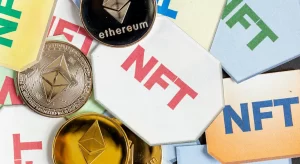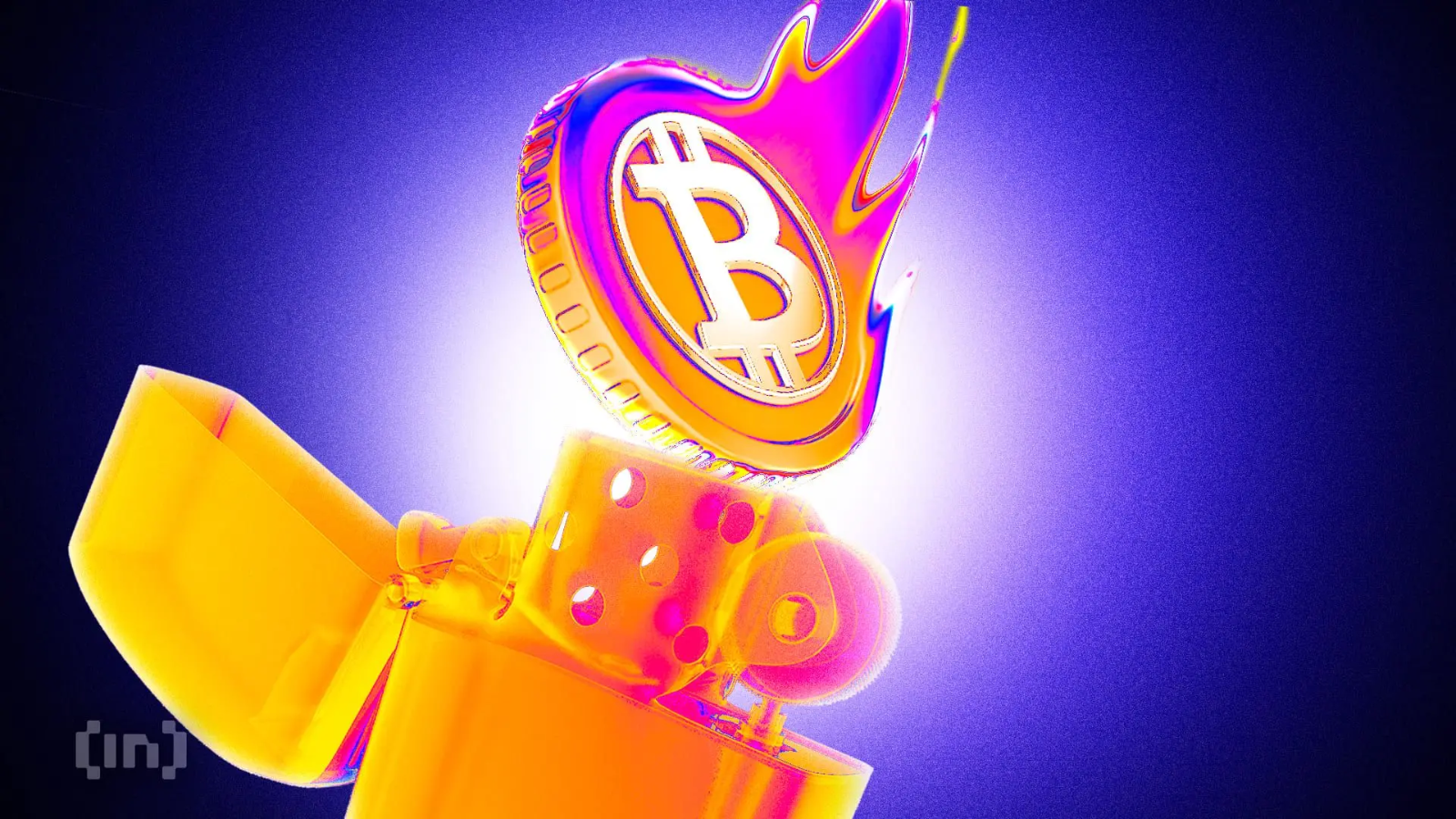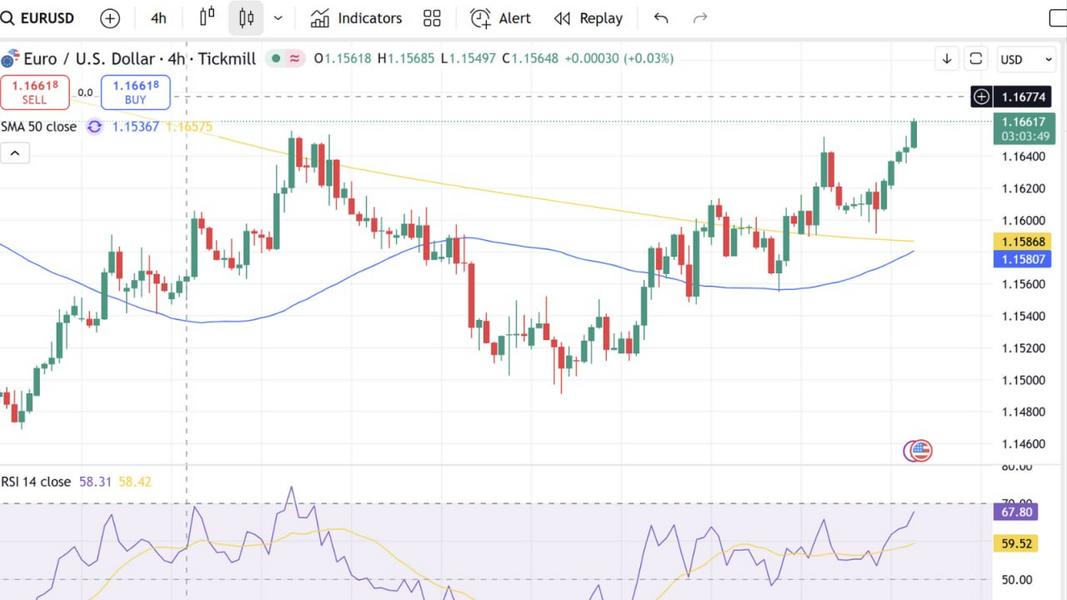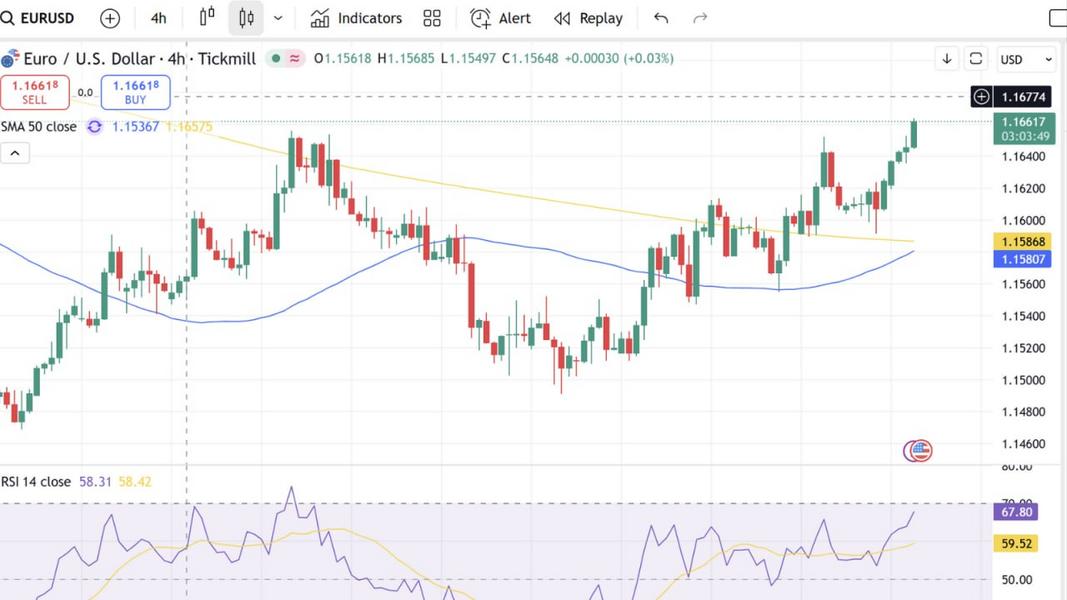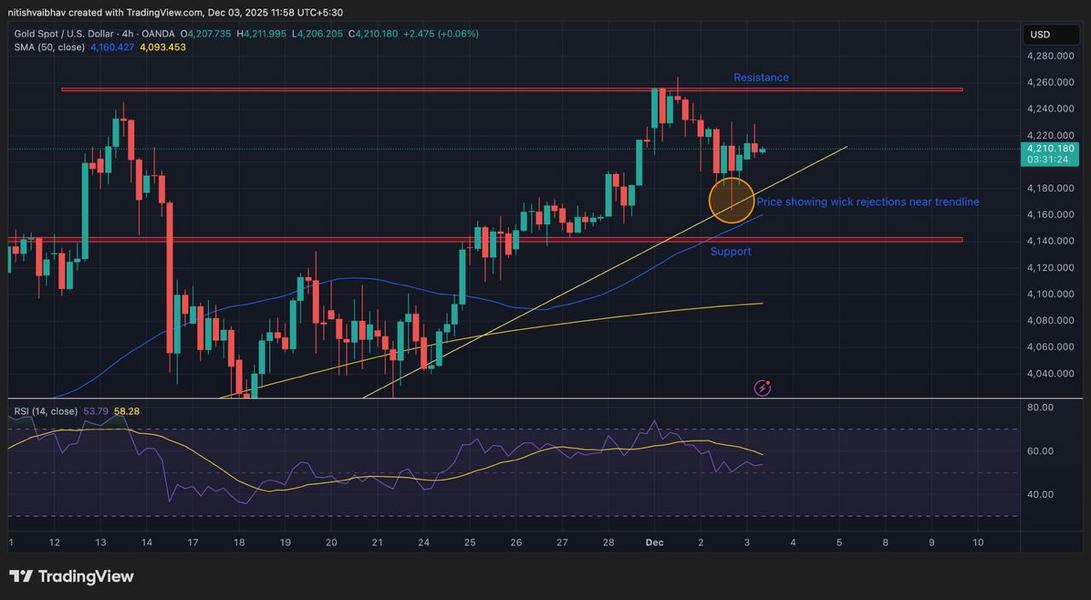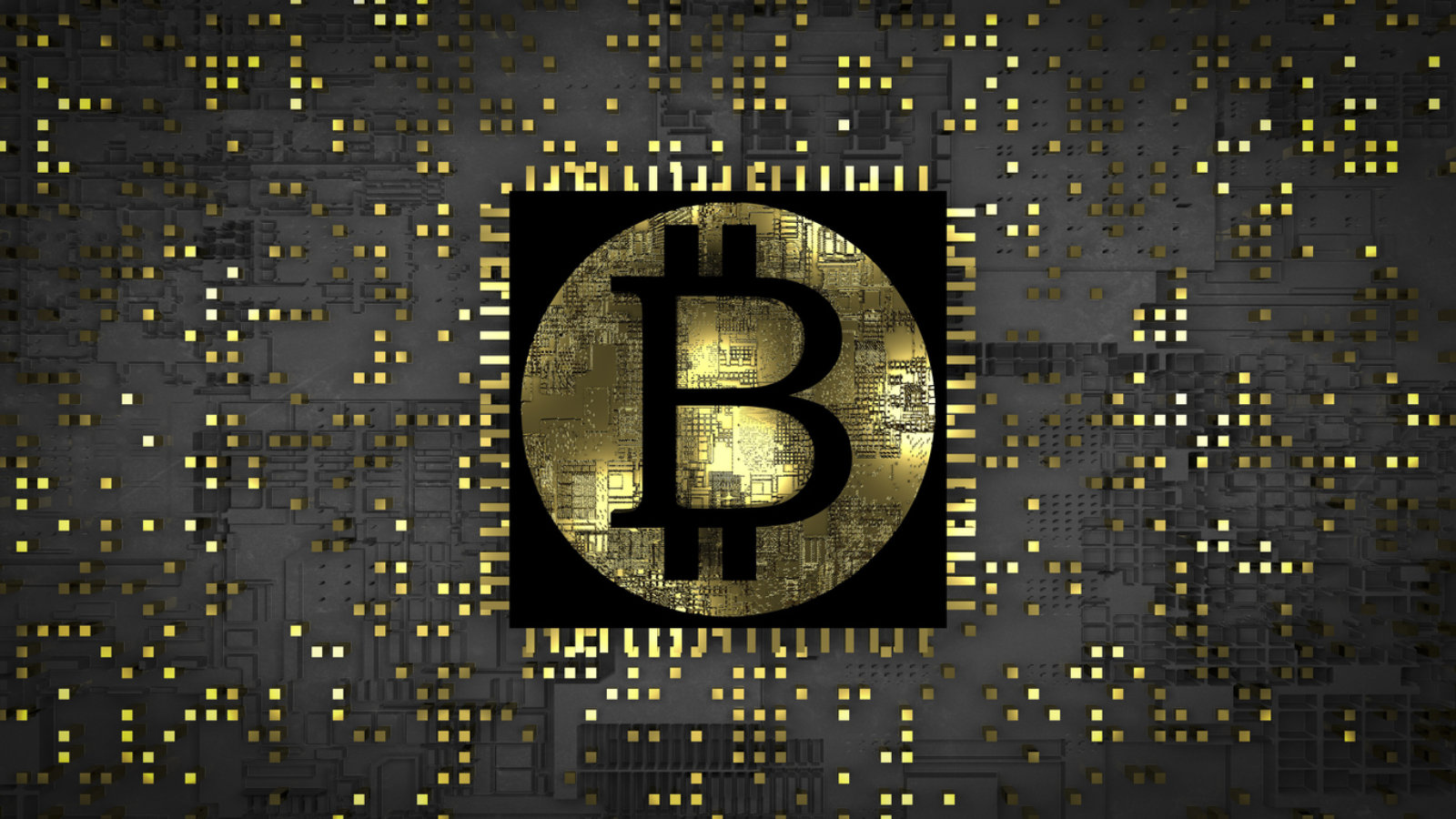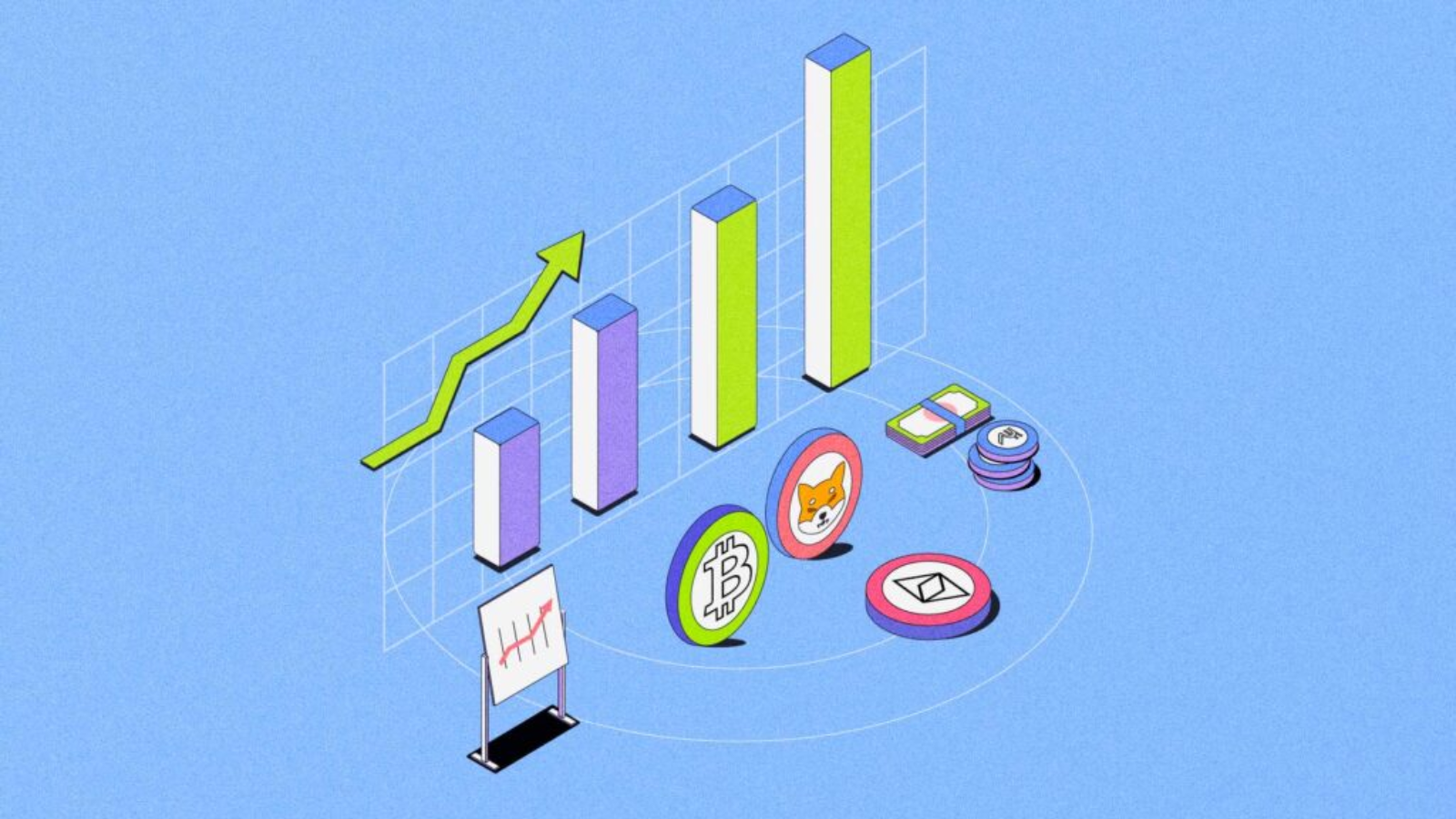
The NFTs craze has been escalating since the last year, and so do the number of scams associated with this asset class. NFTs are unique blockchain-based digital collectibles that are one-of-a-kind and cannot be replaced by another piece. As of last year, more and more people are becoming a part of the NFT sphere either to earn profits by investing in them or to simply keep pace with this latest trend.
Accordingly, this billion-dollar market has come under the radar of scammers and fraudulent parties for sweeping quick bucks. Since it is extremely easy to mint NFTs and that too with a high earning potential, it is not difficult to see why the fraudsters target this asset category.
In this article, we have discussed some red flags related to counterfeit NFTs. Let us look at some steps you could take to save yourself from falling victim to these scams.
Table of Contents
Toggle1. Look out for fake NFT artists
Most NFT marketplaces have become rife with plagiarized NFTs as it is quite easy to snatch others’ works. Fraudsters screenshot the images of some existing collections, mint them on the blockchain, and publish them for sale as their own.
As an NFT collector, you would probably want to avoid becoming an owner of copied work. In order to specify if a digital collectible is a duplicate, you can conduct a “reverse Google image search” to check if the piece is already listed somewhere.
In case the results show similar-looking items under the name of some other author/creator, it means your chosen NFT is most likely not authentic. In simple words, if you see that your searched NFT already exists on the internet, it is possibly stolen, and you should not buy it.
2. Check the NFT website
A notable way to check the legitimacy of any NFT is through its website. It is not uncommon for scammers to develop a fake NFT website of some original NFT brand or company. While tricksters can enact a replica website of real NFT artists and projects, most of the time, they leave some loopholes indicative of phoniness.
To establish the reliability of an NFT website, you should first look at its URL and compare it with the web addresses listed on the project’s official Twitter or Discord account. Even a slight discrepancy in links could be pointing towards something dodgy, and you should refrain from such projects.
Moreover, you should also examine the website’s layout and decide whether the features and design look credible. Most fake websites include ambiguous information and half-baked interface, as scammers cannot afford to spend much time drafting intricate details.
3. Does the concerned NFT project has an active social media (Twitter and Discord) presence?
Anyone familiar with NFTs probably knows that social media apps like Twitter and Discord are the primary den of NFT enthusiasts. Generally, credible developers cultivate a vibrant and interactive NFT community on their Discord channel or Twitter account. They keep the members up-to-date with ongoing developments, upcoming releases, expected price range, and other factors in a professional manner. Moreover, the communities associated with real projects are productively active and organized, where a large number of participants engage in fruitful discussions.
That being said, it is rare to find such an animated and formulated environment in dummy social media channels. So, if you spot a dull atmosphere with bots activity and non-sensical messages in an NFT community, immediately withdraw from that project.
4. Analyze the NFTs metadata to know its blockchain position and the number of past owners
Although both real and fake NFTs are stored on the blockchain, you can identify the fabricated one by looking at its chronological position in the blockchain compared to the original piece.
An NFT’s metadata can indicate its source address, creation time, and all the buyers and sellers that have yet gotten involved with it. By analyzing such information, you can pretty much ascertain the original NFTs. Any digital item without a verifiable transaction log or a different contract address from the original collection is a red flag, and you should stay away from it.
5. Is the NFT advertised by some suspicious pre-sale campaign?
There is a general rule of thumb that if something is too good to be true, then it probably is. Remember that most fraudsters cajole the NFT buyers through lucrative pre-sale offers and impressive giveaways like free distribution of NFTs or high-profit promises. Next, they ask you to click on some malicious link, connect your crypto wallet, & approve some transactions, and boom! You have been scammed!
To avoid such scenarios, you have to remain vigilant and alert to ignore all suspicious messages. Note that some hustlers may present themselves as the representatives of well-known and popular NFT projects, so take extreme caution and properly research everything before taking any action.
6. Observe the NFT description and given contact data
As the sole purpose of scammers is to swindle people, they do not carry much conviction and knowledge to add viable NFT descriptions. Further, they also avoid providing any link to their Discord, Twitter, or other social media accounts.
If you find any NFT with vague information and no linking to the original creator, you should instantly turn back from there. Another way to avoid buying such fake NFTs is to consider only verified creators and collections listed with a blue badge on reputable marketplaces.
7. Compare the NFT’s price with similar collections
If you spot some popular and grand NFT collection with significantly low prices, it is presumably a scam. Any pricing divergent from the accepted or average levels is a red flag, and you should steer clear of such dubious NFTs.
What happens is that most scammers either lower their NFTs prices to inflate the sales volume or push the prices above average to entice the buyers into thinking “something big is going on.” Hence, always remember to examine and compare the prices of your selected NFT with other collections in order to establish its viability.
Closing thoughts
Besides the scams mentioned above, you can also encounter some further modified and high-level tricks. Due to these scamming trends, a large number of people have started feeling deterred and conscious regarding their NFT investments. However, note that if you remain attentive, keen, and observant, you can evade such rug and pull frauds. The NFT market is exponentially expanding, and you should not turn your back on its immense potential due to the fear of getting scammed. Just remember to be watchful and follow the steps explained above regarding how to spot fake NFTs!
You may also like:
http://thetradingbay.com/how-to-create-an-nft-for-free/
http://thetradingbay.com/best-nft-marketplaces/




